Visual Poetics of Embodied Shame- State of Grace
Performance Photography : three days in HuNan, China, 2013
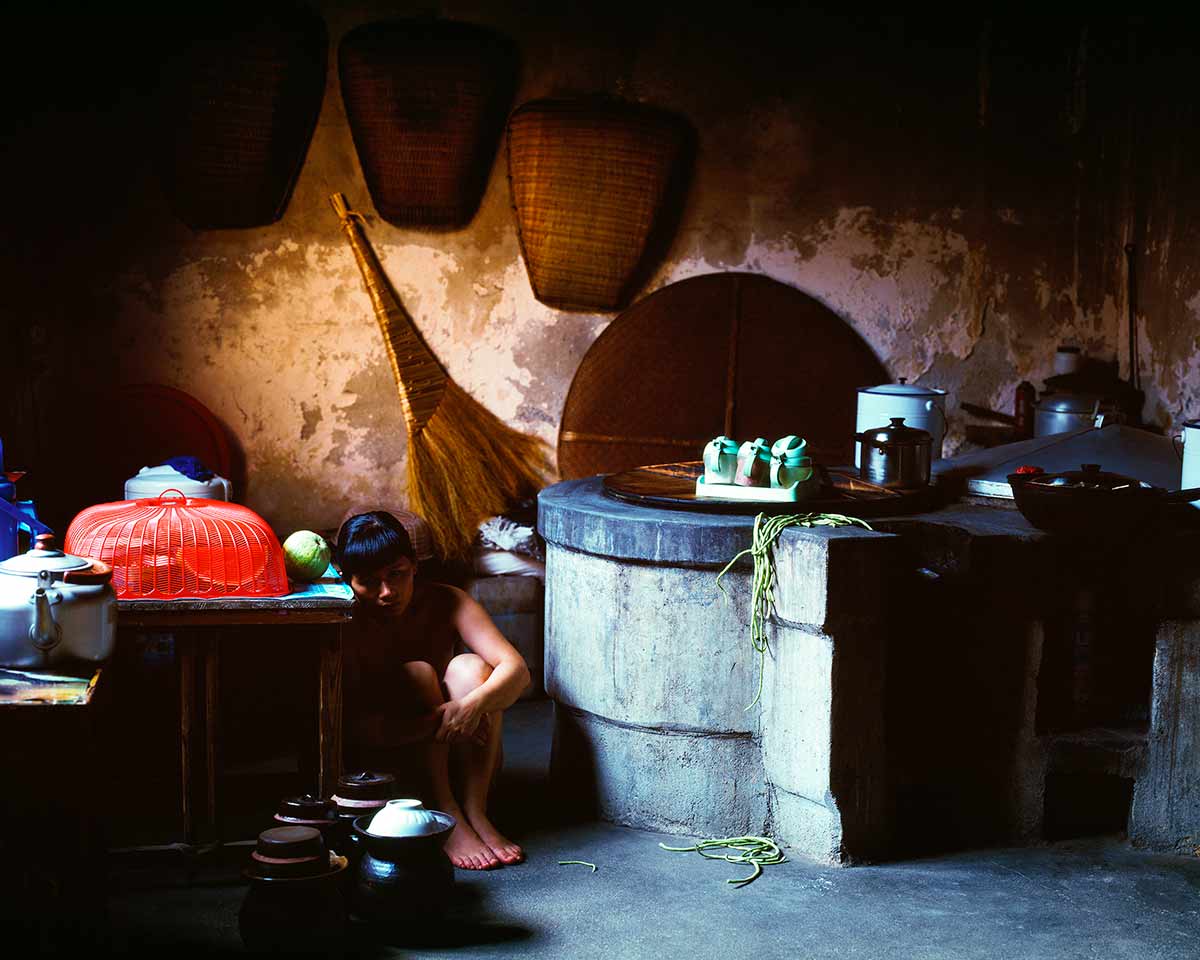
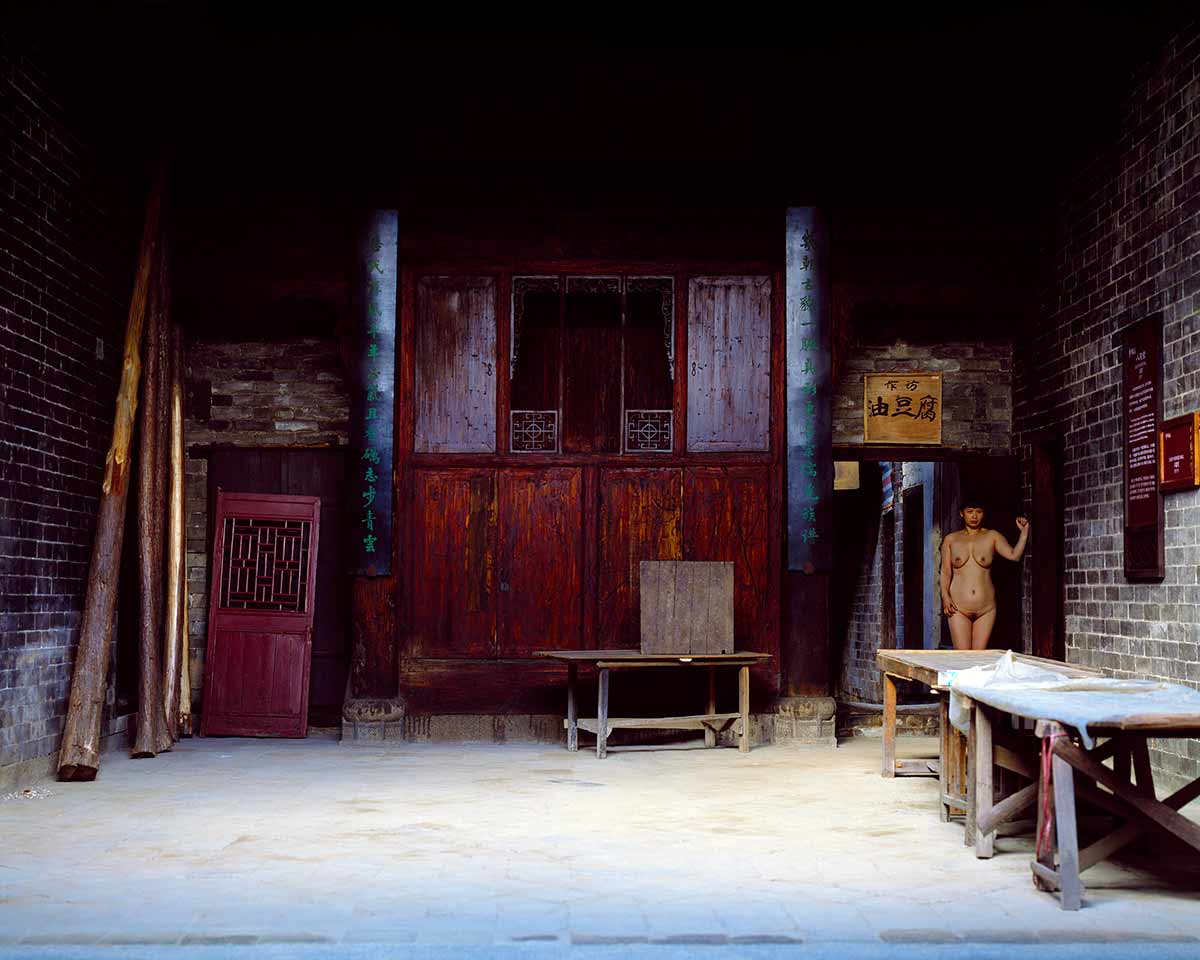
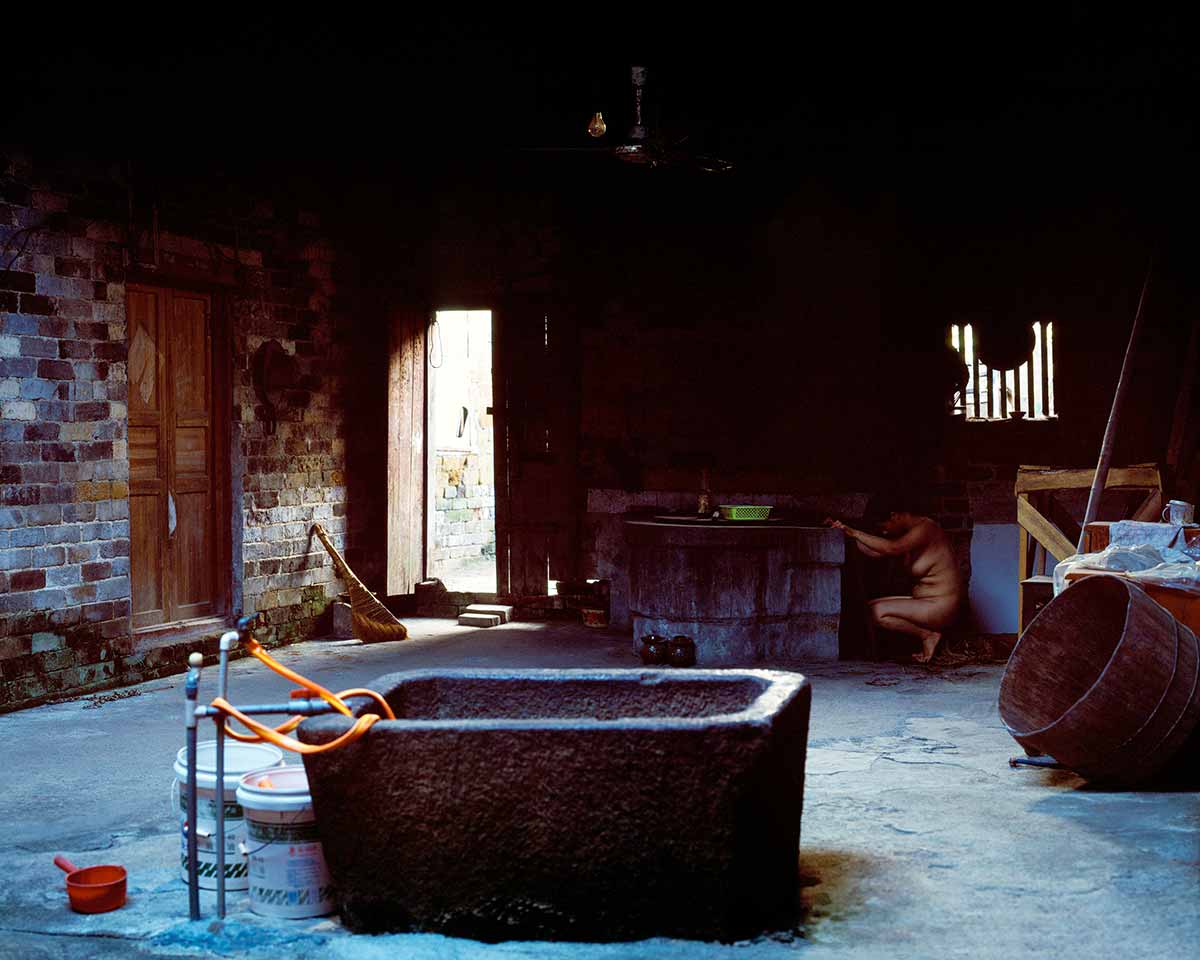
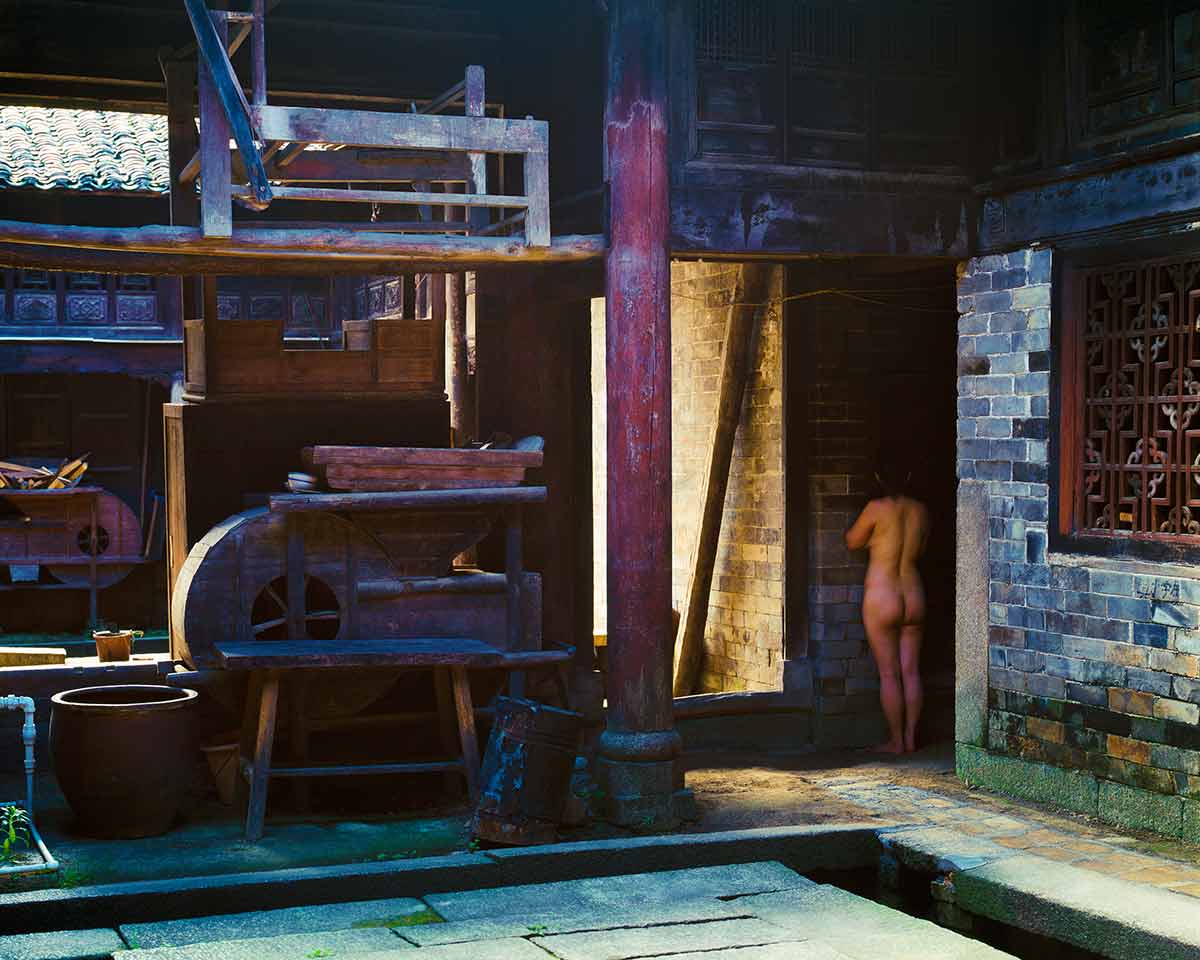
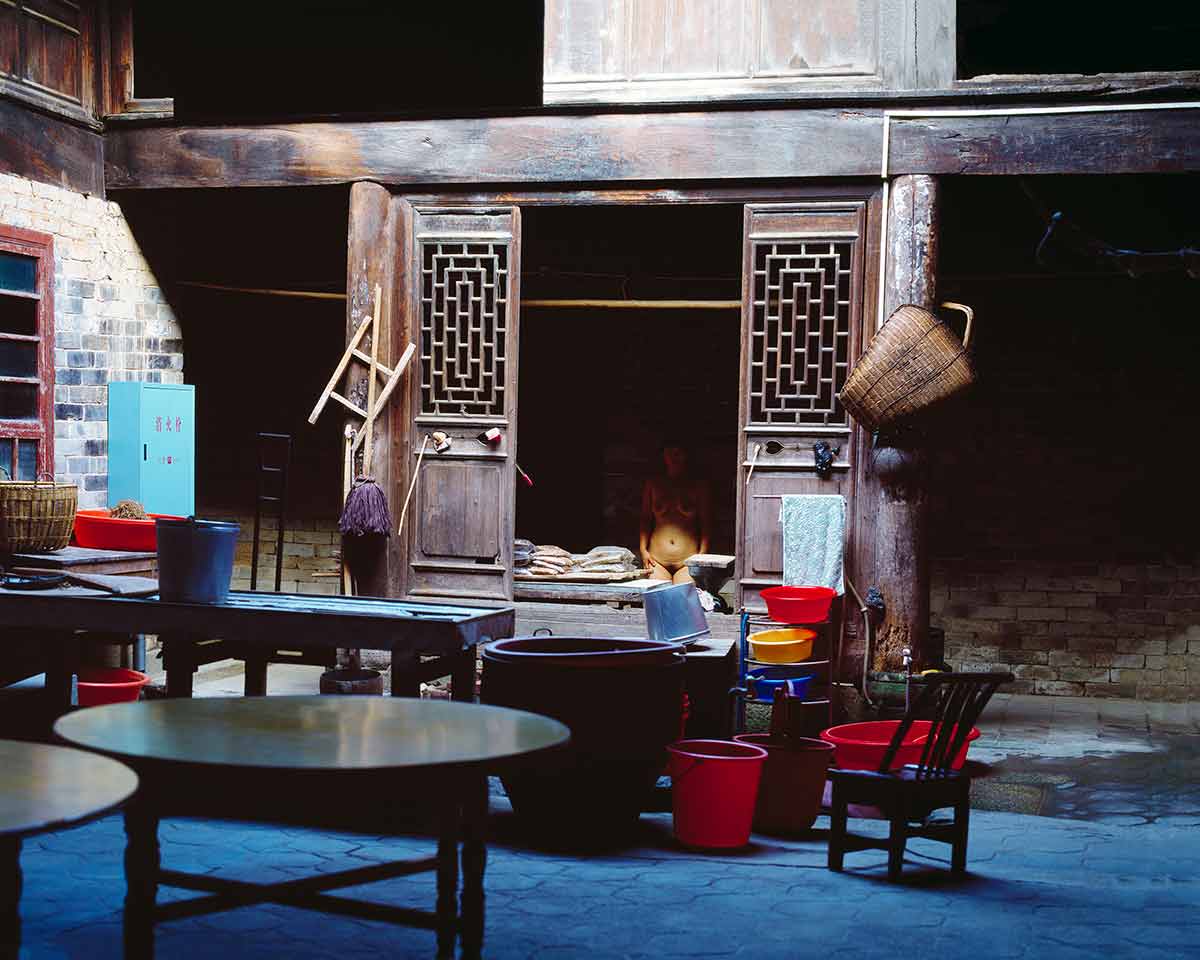


In this work, I literally take the meaning of the word “ shame, ” “ to hide,” to position my body in shadows. It is like playing Hide-and-Seek. However, different from the original game, the player in this work plays both hider and seeker: to hide in order to cover her shame, to seek in order to find origin of her shame. In fact, the player has no intention to be found by the others, but to find the self. By reversing the figure-ground relationship, I bring the past into the present, embracing the shadow of shame, and reconciling with the past. The body in this work is not only a deeply felt expression of subjective reality that I use to confront with the past, but also a site of resistance, deconstructing the presence of shame with its nakedness, stillness, and unapologetic quality.
Over the past two years, I have been creating a series of works related to shame that integrates performance, photography, video, and installation. My focus is exploring the visual culture of shame associated with vulnerability in its personal and socio-political dimensions, deconstructing the experience of shame through gestures, movements and audience participation. In my practice, I consider feminism, globalization and psychoanalysis, positioning shame as a feminist strategy of resistance—an ethical practice that seeks altered states of consciousness that possibly leads to restore dignity and humanity.
